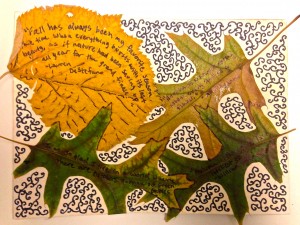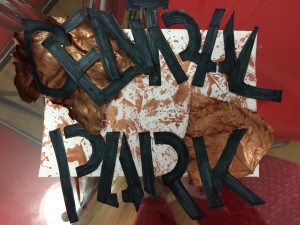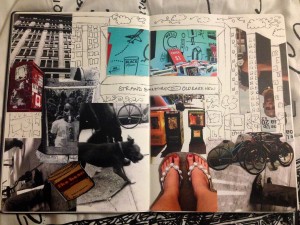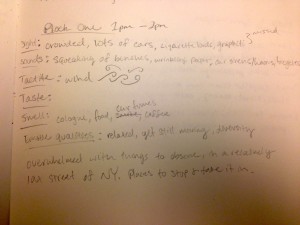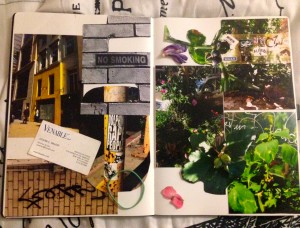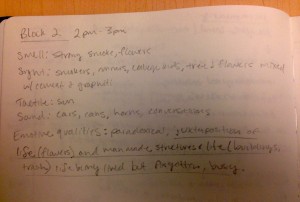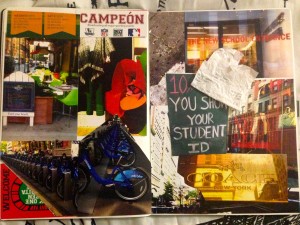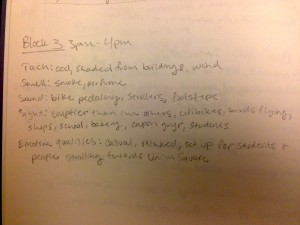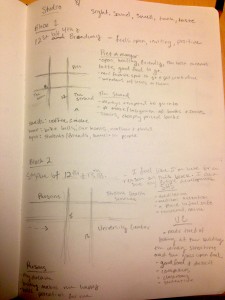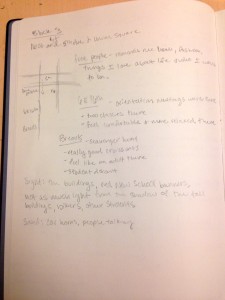1. How did Benjamin view the importance and the role of ‘the collector?’
Benjamin views the role of the collector as someone who sees the value of an object detached from it’s consumer driven purpose, and instead sees the memories and questions raised about humanity associated with it. According to Benjamin, a collector’s relationship with his or her objects allows him/her “access into origin and past, but also into the future, into prospective worlds and future modes of dealing with objects.” (pg. 70) This special view of things and the world in relation to them, gives the collector a special way of critiquing the material world around them.
2. What, according to Benjamin, is a ‘flaneur’? What is its significance?
A flaneur is somewhat of a city wanderer and his private and public part in the city are one in the same. It is a person who collects everyday trash and waste and gives them new value. A flaneur is “not just one man in the crowd, but was a part of the crowd.” (pg. 85) This unordinary way of life allows the flaneur a unique view on the changing city around them and the material world.
3. How do objects and the spaces they inhabit help us to see more closely and anew? How do they shape our idea of memory and collective histories?
A collective memory can be found in the objects and technology of a certain time period. The objects and products reveal to later generations the collective mind-set and values of the time. Looking at the objects from the past, in the present, knowing how history has unfolded, a new light is shed onto how the object functioned in its time and if it was successful with its intention and purpose.
4. In what ways did Benjamin identify with the Surrealists and their anti-commodity, poetical strategy of data collection from everyday life, dreams, street life, and from the most banal of environments?
He related with the Surrealists because he believed that the Surrealists, “focused on the everyday not in order to smother everything with a blanket of boredom, but to rediscover the eccentricity of the humdrum.” (pg. 72) The Surrealists were an example of Benjamin’s idea of dream-like, child-hood collecting, but in an artistic form. They, too, took the everyday objects and discovered a new meaning and collective unconscious within it.
5. When photography and film were emerging visual technologies, Benjamin introduced the term ‘optical unconscious.’ What did he mean by this? How does photography and film both reflect and construct the world around us?
Benjamin uses the term “optical unconscious,” to describe a way of relaying to rest of the world a perception of something through photography and film. This means that, although a picture may contain truth, a new way of viewing it comes into play for the audience now that a moment of real time has been frozen and taken out of context. Photographs and films can reflect the world by forcing us to look at what is going on around us, but it can also form a specific view on what is going on around us as well because it “ruptures life’s continual flow of images….as representation, it is held up, made still for an instant of conscious reflection on its significance.” (pg. 62)
